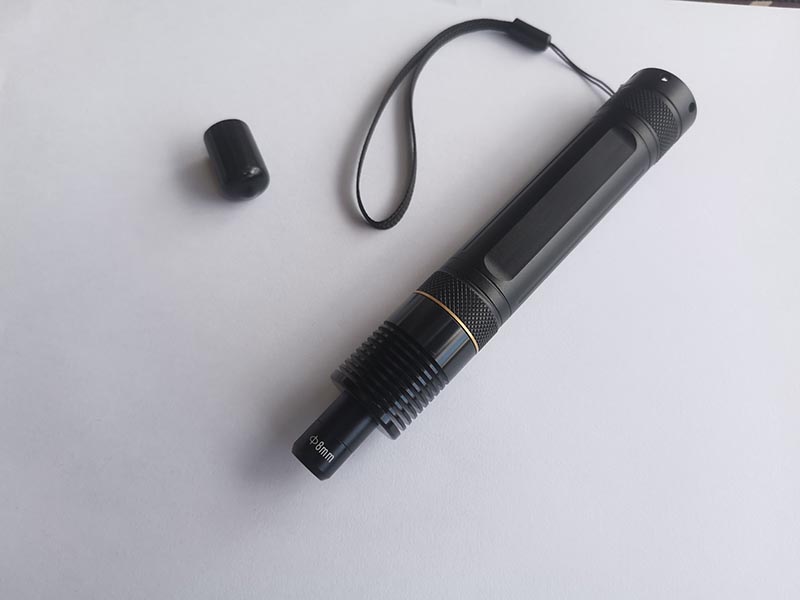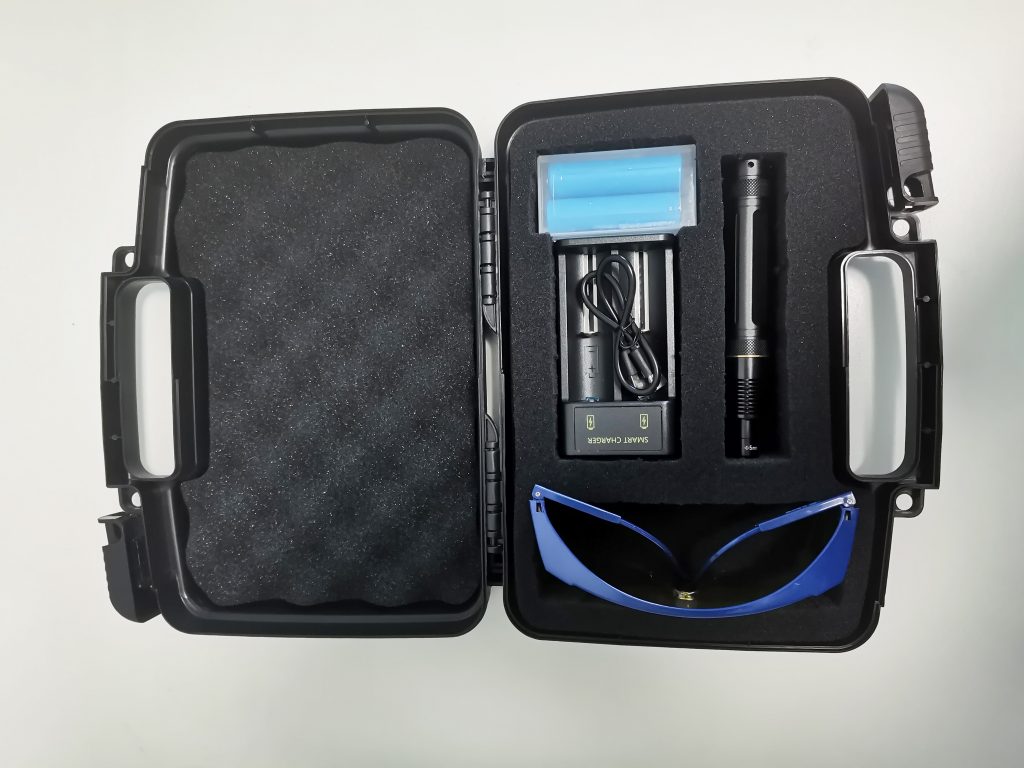Ultraviolet flashlight illuminance affects cure time significantly. The higher the illuminance, the shorter the cure time. This is because ultraviolet radiation causes the molecules of photosensitive materials to absorb energy and undergo chemical reactions to form new compounds. The higher the illuminance, the more energy the photosensitive material absorbs, the faster the chemical reaction, and the shorter the cure time.
Specifically, the relationship between illuminance and cure time can be expressed by the following formula:
t = k / IWhere t is the cure time (s), I is the illuminance (mW/cm²), and k is a constant that depends on the properties of the photosensitive material.
For example, for a photosensitive material, when the illuminance is 1000 mW/cm², the cure time is 10 seconds. If the illuminance is increased to 10,000 mW/cm², the cure time will be reduced to 1 second.
Therefore, when using an ultraviolet flashlight to cure photosensitive materials, you should choose the appropriate illuminance according to your actual needs. If you need to shorten the cure time, you can increase the illuminance.
It is important to note that too high of an illuminance may cause the photosensitive material to overcure, affecting its performance.
Here are some factors that affect the illuminance of an ultraviolet flashlight:
- Power of the ultraviolet LED: The higher the power of the ultraviolet LED, the stronger the ultraviolet radiation it emits.
- Beam focus: The higher the beam focus, the higher the illuminance.
- Distance: The closer the distance, the higher the illuminance.
Therefore, when using an ultraviolet flashlight, you should pay attention to the following:
- Choose the right power ultraviolet LED.
- Adjust the beam focus to achieve the desired illuminance.
- Maintain a safe distance to avoid too high of an illuminance.


